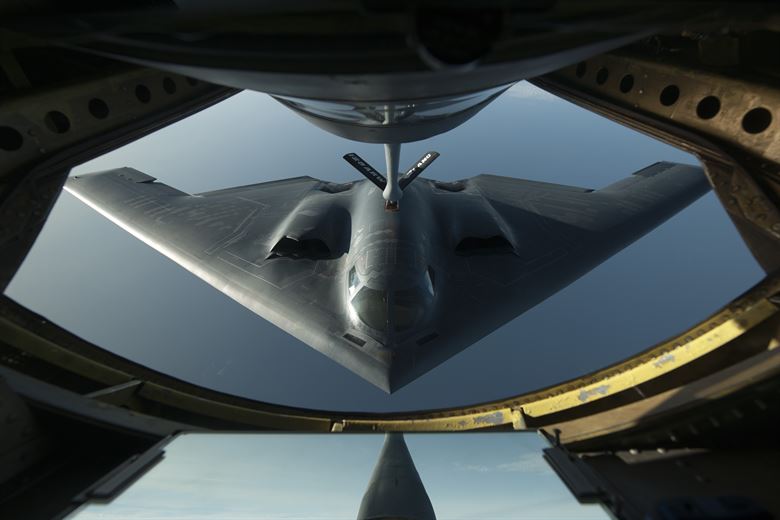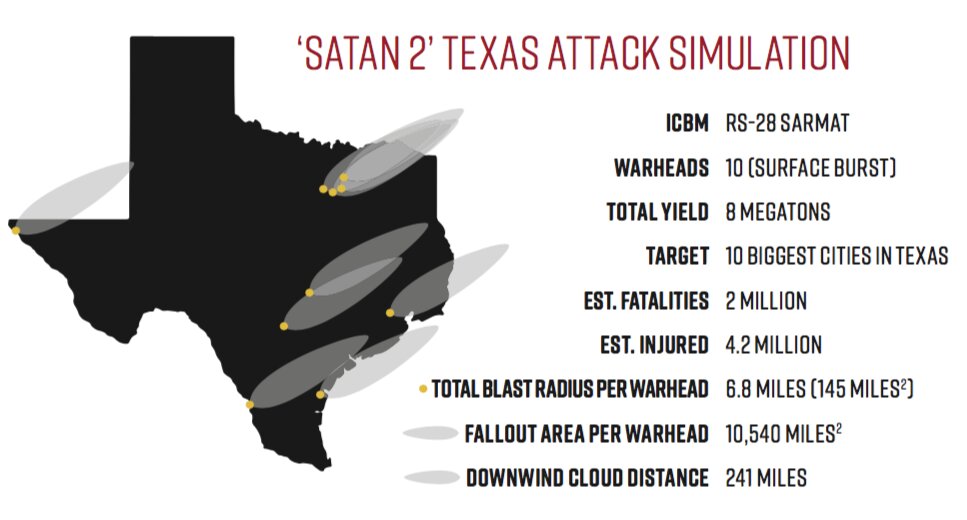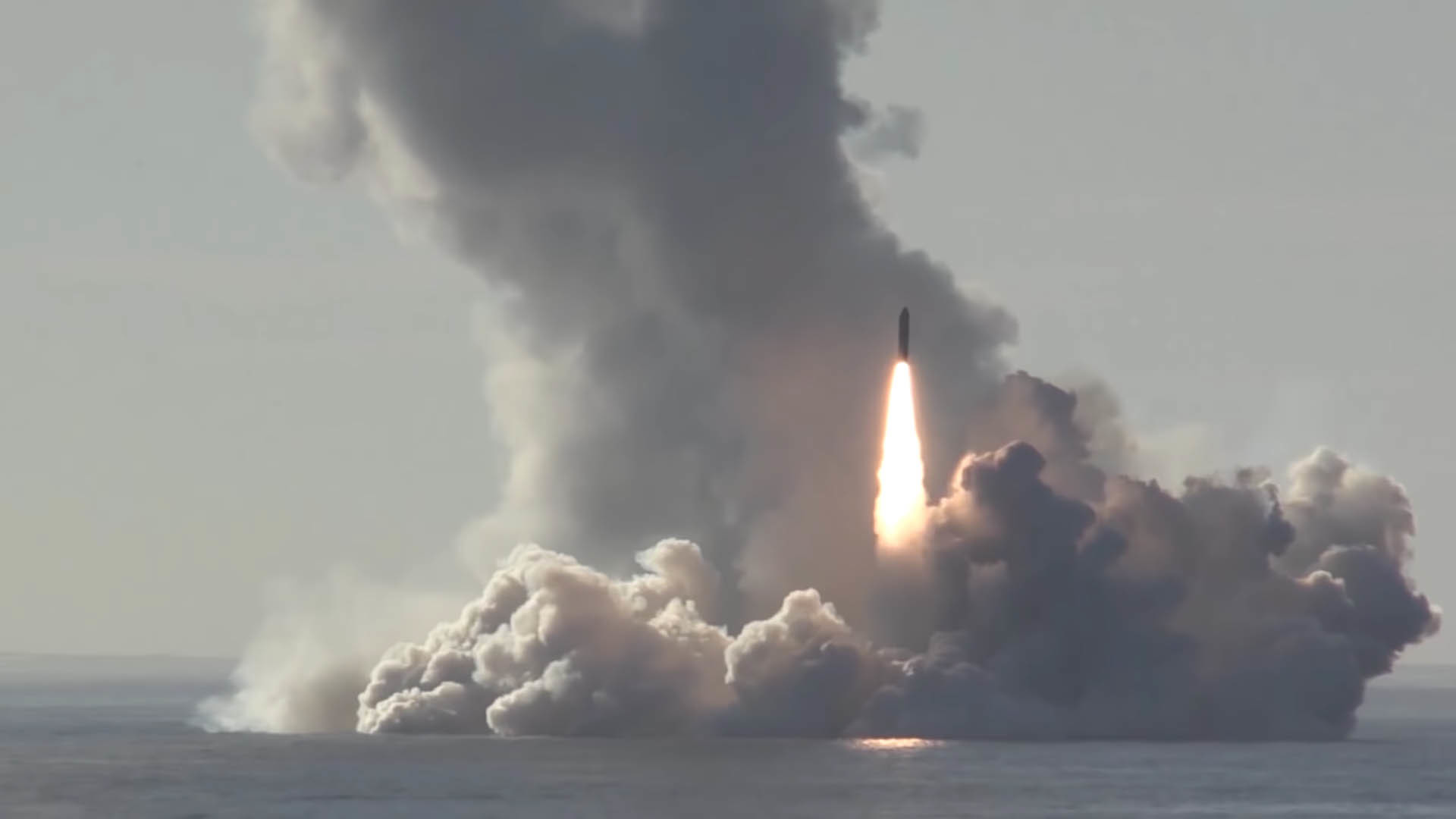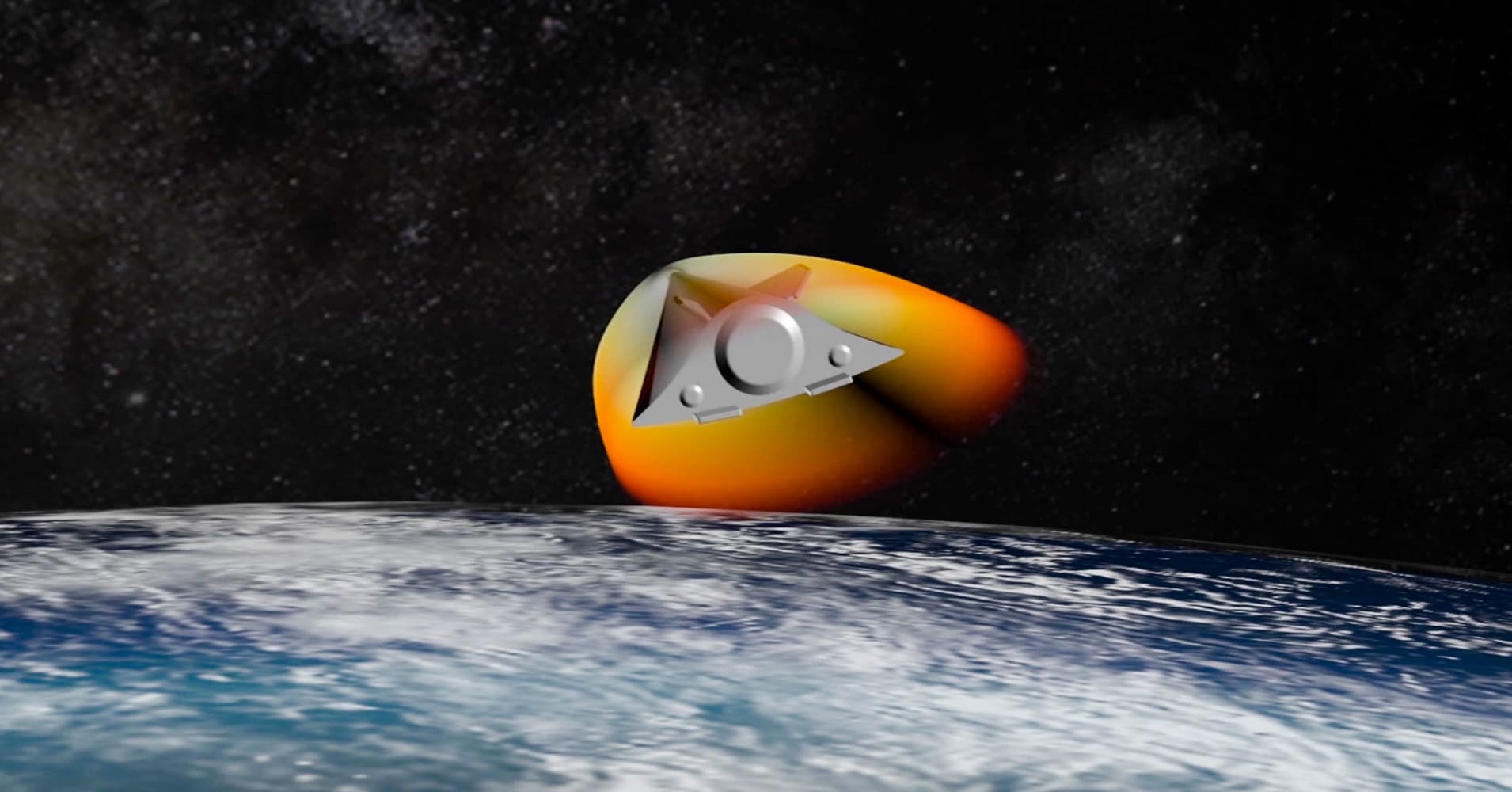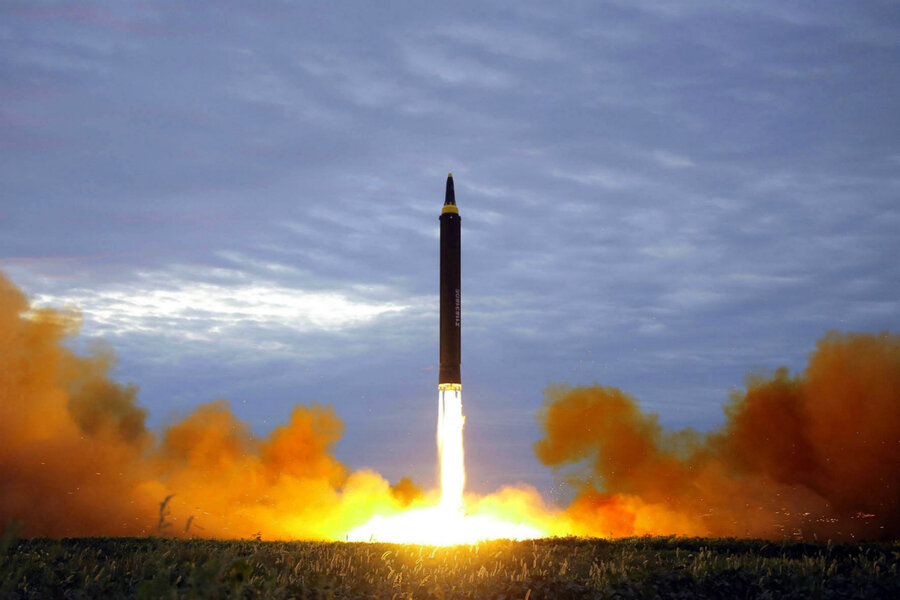For more on the subject of foreign shipping container nukes within the U.S., please see the following previous posts:
THE REAL RUSSIA STORY — Port Canaveral “Project Pelican” and Uranium One deals connected through the Jafars
Were the Russians Hiding a Nuke in D.C.?
Northcom: Russian Cruise Missile Threat to U.S. Grows
Expert: Iran ships a dry run for later nuclear/EMP attack; humiliate Obama
Two occasional papers were recently published by the Center for Security Policy. The first, entitled “What Could Possibly Go Wrong?,” was published in late 2016. The second, “The Perfect Storm,” was published in 2017. Both papers describe a 35-year lease to a cargo container terminal on the eastern seaboard of the United States. The peculiar discoveries in the papers made by investigative journalists Mary Fanning and Alan Jones have not received the national media attention they warrant.
In 2014, the United Arab Emirates (UAE)-based company Gulftainer was awarded a three-and-a-half decade lease to operate the cargo container terminal at Port Canaveral, Florida. The peculiarity of this acquisition rests on the fact that Gulftainer is co-owned by the emir of Sharjah, UAE, and Dr. Jafar Dhia Jafar, who is the brother of Saddam Hussein’s nuclear mastermind. During Operation Iraqi Freedom, Dr. Jafar was an official of the Iraqi regime who could have been engaged as a military target.
Why is this alarming? In part, it is because Dr. Jafar has also been credited with the design of a miniaturized nuclear weapon, commonly known as the “Beach Ball.” North Korean dictator Kim Jong-un has appeared standing by a similarly purported nuclear weapon in recent photographs. This type of nuclear weapon can easily fit inside the nosecone of an intercontinental ballistic missile (ICBM) and can cause the kind of catastrophic damage the United States has never seen.
The danger to America is not just that Gulftainer is co-owned the family of Saddam Hussein’s top nuclear mastermind, Dr. Jafar, and the emir of Sharjah, but also that Gulftainer is also in a joint venture with Kontsern-Morinformsistem-Agat, the Russian company that makes the Club-K missile launch system. The Club-K system looks identical to standard ocean containers that are shipped by the billions all over the world. The alarming difference between the ordinary cargo containers is evident by what’s found on the inside of the Club-K containers. Four cruise missiles are housed in each Club-K system and can be launched directly from the container – even remotely.
Continue reading →

